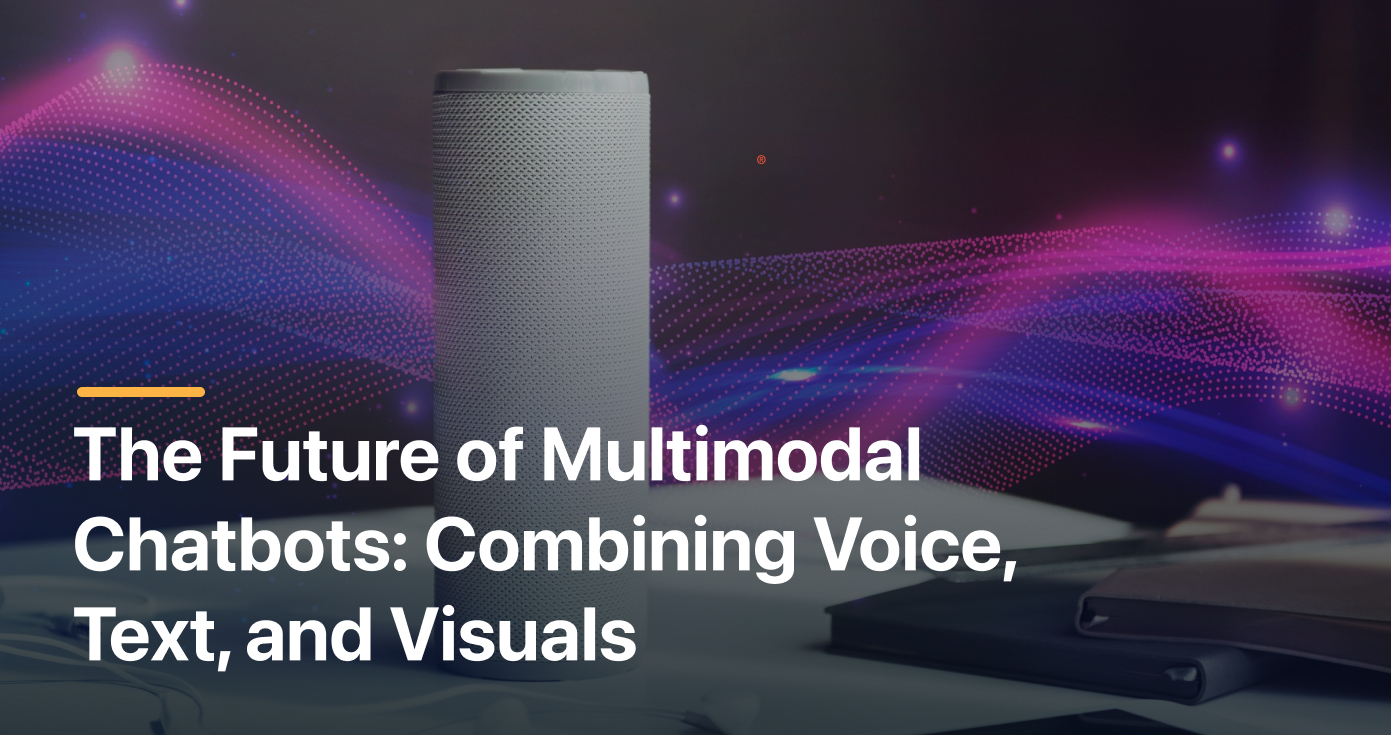In the constantly changing matrix of customer engagement, the use of multimodal chatbots will bring the communication of companies with customers to a new level. These emerge as a higher level of AI integrated systems and use voice, text, and visual forms of communication in a more integrated way for the user. Multimodal conversational AI is thus bridging present discourse with the future of individual, interactive, and entertaining communication experience.
As companies look for more efficient ways to interact with customers and engage the latter, multimodal technology appears to hold much promise. In this blog, we will know about what multimodal chatbots are, how it actually works, and why it is the future of customer service, marketing, or basically any form of human computer interaction.
What is Multimodal Communication?
In order to describe multimodal chatbots the reader first needs to understand what multimodal communication is. In its essence multimodal communication amounts to using two or more modes of communication in conveying information. Most typical cases of chatbots are based on textual dialogues, however, in the case of a multimodal conversational AI, voice, text, images, and even videos are used for communication.
This integration makes it easier for the chatbots to handle a number of inputs normally in a smooth and natural way. For example, a user may communicate a question in words, share an image or simply press a button to elicit a specific response which a multimodal chatbot can handle. Such versatility of the multimodal technology doing a turnaround where different forms of interaction are inevitable, such as in the areas of customer service, online shopping, or learning.
How Multimodal Chatbots Work
In the middle of the multimodal chatbots is known as multimodal AI, which entails the ability to accept and process data from different sources and respond in a meaningful manner. These systems are backed by NLP, Computer Graphics and Imaging and Voice Recognition technologies among others.
For instance a customer in an online retail store engaged with a multimodal chatbot. For instance, the customer could use voice to ask a question then a next question could be in the text form, and even post a picture of an item of interest. The considerate conceptual model is to use the three forms of input, vocal, text and graphics and produce an output in real time that solves the user’s problem. Through the integration of other types of data the value added in the interaction with the chatbot is more high and personal.
The Role of LLM Chatbots in Multimodal Interactions
Some of the trends include the creating of LLM chatbots (Large Language Model chatbots), such as GPT-4 by OpenAI and other transformer-based models. These advanced AI systems can work not only with textual information but with the voice and images as well, so extensive opportunities for multimodal AI systems are developed.
Specifically, LLM chatbots are especially useful in multimodal interfaces as they are learned on big amounts of data from different modalities. This makes it possible for them to fully understand context in the different inputs and react appropriately. For instance when a user inputs text and voices in a conversation an LLM chatbot is capable of synthesizing the two different inputs with a better response of relevant data. In interpreting a question asked through voice or in analyzing an image sent by the user, LLM chatbots seem to enhance the feeling of using multimodal AI interaction.
What is Multimodal Machine Learning?
If we want to focus on the potential of multimodal chatbots let us first explain, what is multimodal machine learning. This branch of AI is about creating models that would take inputs from text inputs, images, voice and give meaningful outputs. Contrary to conventional AI architectures that are more often than not undiscipline exercising engagement for a given form of data, multimodal ML incorporates various forms of data to yield informed, detailed results and understand user interactions in deeper detail.
For instance, a multimodal AI system can work on the text input together with voice characteristics of the input from the customers, and the visuals such as images or even facial expressions to provide more optimized responses. But as technologies underpinning multimodal technology continue to be developed then these systems will be able to accommodate these more functionally rich and structurally intricate interfaces.
The Impact of AI Chatbot Solutions on Businesses
In this context, AI chatbot solutions using multimodal conversational AI is valuable to businesses most of the times. 1) They enhance the details of the relationship that brands have with the customers 2) They cut down the response time 3) They make interactions more efficient and less complicated. Also, different means of communication allow for the gathering of information of higher density to enhance the understanding of clients and their activity. Consequently, it may enhance marketing communication; sales promotion and strategies; and the overall development of products.
Read More: How Conversational AI is Revolutionizing Customer Support
Conclusion
The future of digital communication will involve text and voice together with visuals—all in one package: Multimodal chatbots. Multimodal technology, multimodal machine learning, and AI chatbot solutions are the combinations that help to provide the opportunities for building up the communication with the customers with the help of the usage of the best technologies.
Advancements in multimodal AI will open even more prospects for customer service, and many other fields related to marketing. If companies want to be aware of targets that help orient the future, then the utilization of multimodal chatbots will only enhance consumers’ satisfaction and initiate new forms of advancement in various sectors. Customer interaction in the future integrates multiple modes—and that is not going to change anytime soon.

